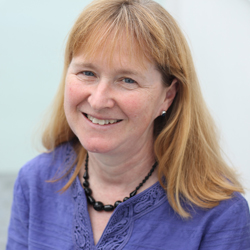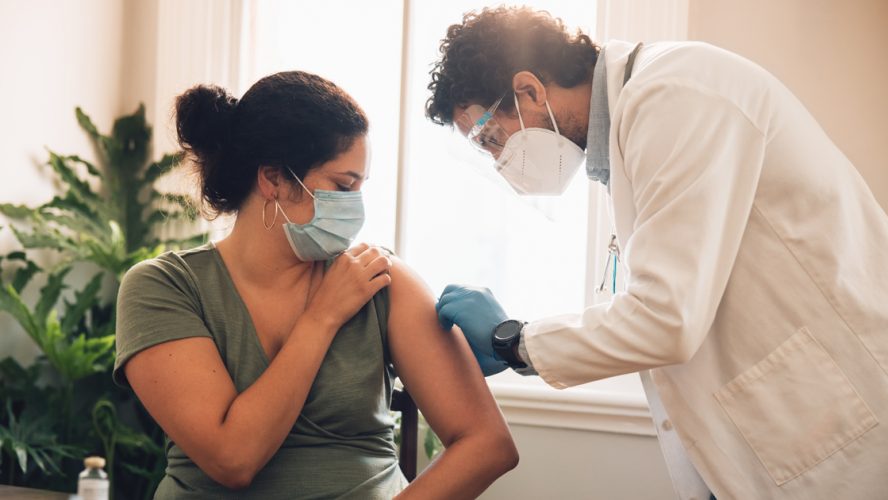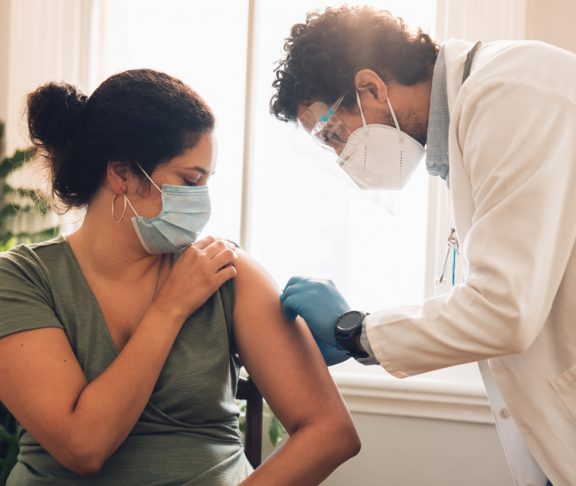
Dr Suzanne Dilly
Chief Executive Officer, ValiRx PLC

Dr Jane Stewart
Associate, Apconix Ltd
Women are less likely to be included in clinical trials but what can be done about it? Now it’s time to take action.
A woman was working in preclinical safety on a new drug, which looked very safe. At the time, first time in human (FTIH) clinical trials could include employees, so she and a male colleague volunteered.
He was accepted. She was rejected, simply because she was a woman of childbearing potential (WOCBP). She felt denied the opportunity to contribute and did unpaid overtime picking up his work while he was absent, yet still receiving his usual wage plus hundreds of pounds for the trial.
A case of sexism? Not necessarily, because the regulations about WOCBP taking part in clinical trials are complex.
Addressing the challenges
Dr Suzanne Dilly, Chief Executive Officer at a drug development company with an ambition to bring new therapeutic options to conditions associated with Women’s Health, ValiRx says: “Almost all drug development is optimised for men, due to the historic, assumed and genuine hurdles of including women in early-stage clinical trials.”
“Women’s health conditions are seen by drug development companies as challenging to address, because of issues getting women into trials and the variable nature of conditions due to hormone fluctuations. As a result, drug development for women’s conditions, such as endometriosis, can lag behind.”
The hurdles
- Companies rightly fear that unintended exposure of women in early pregnancy to a new agent could cause foetal harm.
- Historically, the UK and EU require large-scale experiments in two species of pregnant animals to show that drugs do not harm the foetus, before WOCBP can be included in clinical trials. This delays the inclusion of WOCBP and increases costs.
- With hormonal contraception, the potential for a new drug to decrease the effectiveness of the hormonal contraceptive method must be assessed before WOCBP relying on those methods can be included.
- Depending on the trial situation, some birth control methods may be preferred over others.
- Issues with the acceptance of sexual abstinence as birth control. UK regulatory guidelines require that sexual abstinence must be the usual and preferred lifestyle of the subject. Dr Stewart says: “Women prepared to abstain from sexual intercourse for the duration of a trial may not be accepted unless abstinence was their usual lifestyle choice.”
Recruiting WOCBP for drug trials can be so complex that companies just restrict early trials to men.
We must encourage more of a representative segment of the population to take part, though with biological sex, there are specific trial inclusion/exclusion criteria
Time for action
“More needs to be done to enable women to take part in trials, and now is the time,” says Dr Jane Stewart, a specialist in reproductive toxicology at drug development safety consultancy, ApconiX. “There are now better long-acting contraceptives. Home pregnancy tests are highly sensitive and results can be submitted electronically. “
Meanwhile EU/UK regulators are adopting a softer position on the requirement for extensive pregnant animal testing prior to trials including WOCBP.
Patient-centricity
“Trials could be made more patient-centric simply by asking women what would help,” says Dr Dilly. “Wearable devices could take readings on the move and clinic appointments could be within school hours, for shorter periods, with no overnight stays, balancing the logistical practicalities with safety and ethics.”
She urges more public awareness of the fact that men and women are biochemically different, respond differently to some drugs and that pre-and post-menopausal women can be just as different to each other.
Other diversity criteria are equally important, trials should be designed to include all, but most diversity biases are not regulated for. “We must encourage more of a representative segment of the population to take part, though with biological sex, there are specific trial inclusion/exclusion criteria,” she says.
“The opportunity to fix this is now. There’s a less paternalistic attitude that empowers women to make their own decisions, and the public, as potential clinical trial participants, are more aware of the importance of drug research.”

